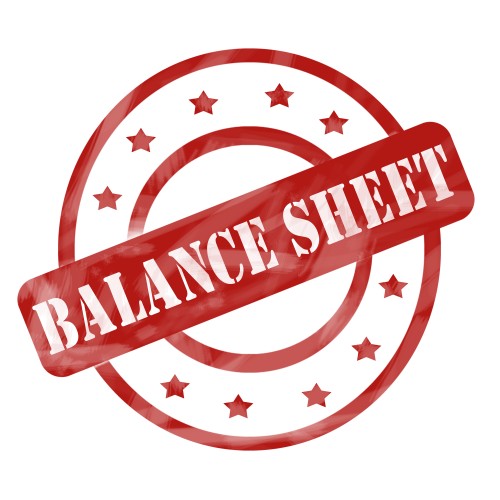Balance Sheet – Quickly identifying Questionable Accounts

If you are a business owner without any idea or working knowledge on the balance sheet reports, what reports to ask your accountant or bookkeeper for details and when is the time to raise your eyebrows on seeing the accounts and the amounts on balance sheet report.
First and foremost, you have to know what are asset, liability and equity accounts are. One of the best ways to do this is to take up basic accounting lessons so that you will not be left at the mercy of your bookkeeper or accountant. What’s more, you can also discuss and get to work together with your bookkeeper or accountant about the balance sheet and be able to recognize account items that need resolution. This way, you would have a good idea and understand the accounting terminology and the usage of accounts. A1 Business Pte Ltd sees the need to educate non-accounting business owners and managers to the basic accounting and complement your efforts to growing the business.
Outlined below is a sample Balance Sheet report.
| Balance Sheet | |
| Premium Company | |
| As of December 31, 2015 | |
| Assets | |
| Bank | |
| ABC Bank | SGD 151.75 |
| XYZ Bank Checking Account | SGD 1,625.00 |
| CBA Savings Account | SGD 8,788.25 |
| Total Bank | SGD 10,565.00 |
| Current Assets | |
| Dummy Suspense Account | SGD 835.50 |
| Owner Loan A/C | -SGD 5,000.00 |
| Petty Cash Fund | SGD 500.00 |
| Inventory | SGD 13,319.00 |
| Accounts Receivable | SGD 21,335.63 |
| Undeposited Funds Account | SGD 4,970.56 |
| Total Current Assets | SGD 35,960.69 |
| Fixed Assets | |
| Office Equipment | SGD 4,300.00 |
| Accumulated Depreciation – Office Equipment | -SGD 4,526.00 |
| Total Fixed Assets | -SGD 226.00 |
| Total Assets | SGD 35,734.69 |
| Liabilities | |
| Current Liabilities | |
| Accounts Payable | SGD 9,862.50 |
| Sales Tax | SGD 1,237.90 |
| Wages Payable – Payroll | -SGD 1,278.00 |
| Accrued Expenses | SGD 2,189.00 |
| Total Current Liabilities | SGD 12,011.40 |
| Non-Current Liabilities | |
| Loans Payable | SGD 5,000.00 |
| Total Non-Current Liabilities | SGD 5,000.00 |
| Total Liabilities | SGD 17,011.40 |
| Equity | |
| Capital | SGD 5,000.00 |
| Net Income for the period | SGD 13,723.29 |
| Total Equity | SGD 18,723.29 |
| Total Liabilities and Equity | SGD 35,734.69 |
Based on the above details, a quick look of the accounts contained in the Balance should would call for you to ask more details or detailed report on the following accounts:
- Current Assets – Dummy Suspense account of SGD835.50
Any dummy or suspense account should be closed or reconciled at the end of the month, especially in the end-of-year reports. Suspense accounts are just temporary accounts that could be a real or profit and loss account. This account is used as a last-recourse entry when the source of nature of the account is not yet identified.
- Current Assets – Owner Loan A/C negative balance of SGD5,000.00
A receivable account has a normal debit balance side. So, if this receivable account is negative, this could mean an overpayment from the owner for advances made or this could be an amount owed from the owner and is a company liability. In this case, the account should be a current liability and not an asset presented as a negative account.
- Current Assets – Undeposited Funds Account of SGD4,970.56
Watch out for the use of this undeposited funds account which could also mean undeposited checks or undeposited cash on hand. Make sure that this amount accounts for the total deposits made on the very next banking day.
- Fixed Assets – Office Equipment negative account of SGD226.00
Most often, a negative balance on any of the fixed assets account could mean over recording of depreciation. In worse cases, the asset acquisition could have been unrecorded especially if the bank statements are not updated as to reconciliation.
- Current Liabilities – Wages Payable negative amount of SGD1,278.00
A payable or liability account should always be a positive balance which is its normal balance side. A negative liability account could mean an overpayment made to the account or if there is no overpayment, a result of misposting of account or erroneous account used.